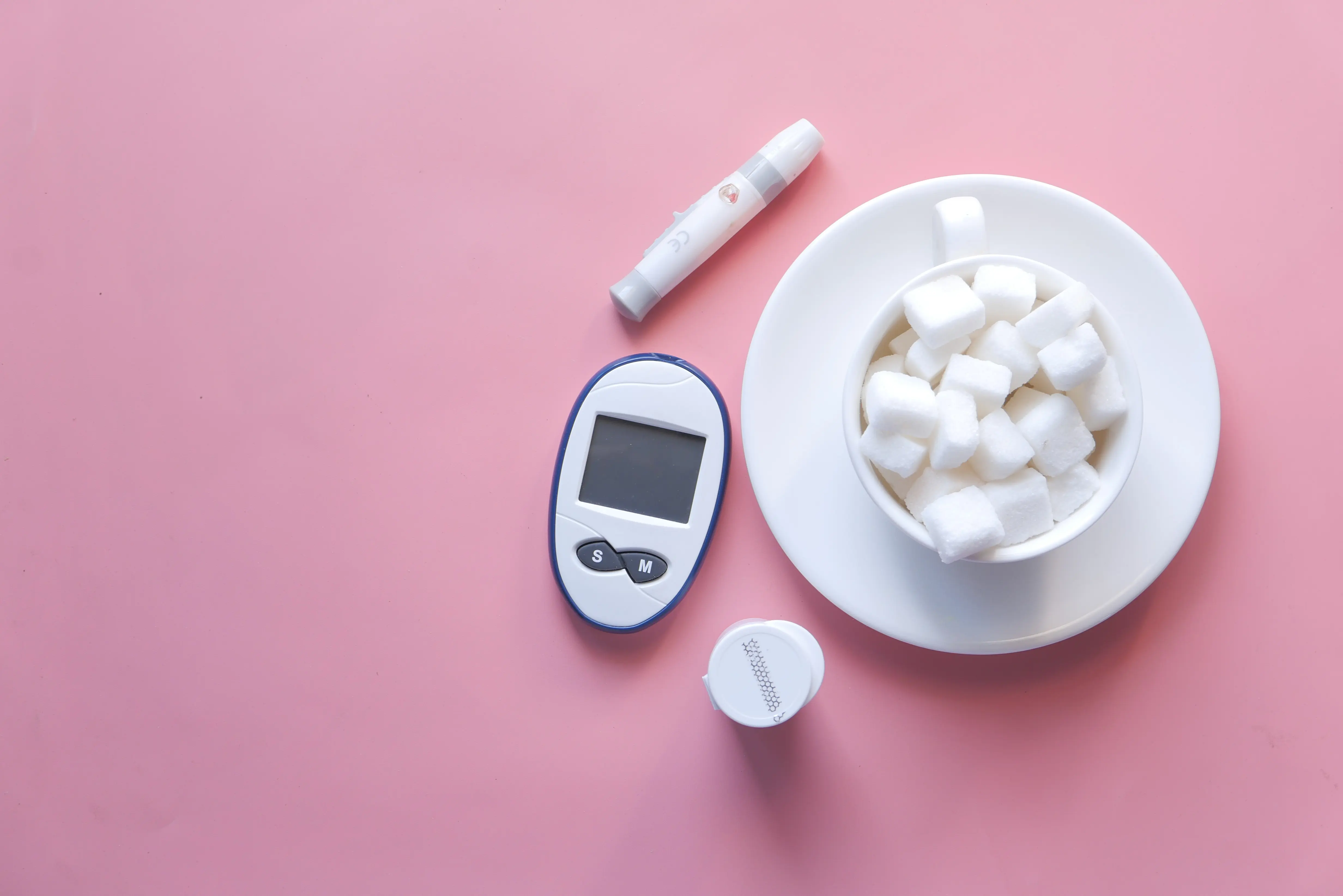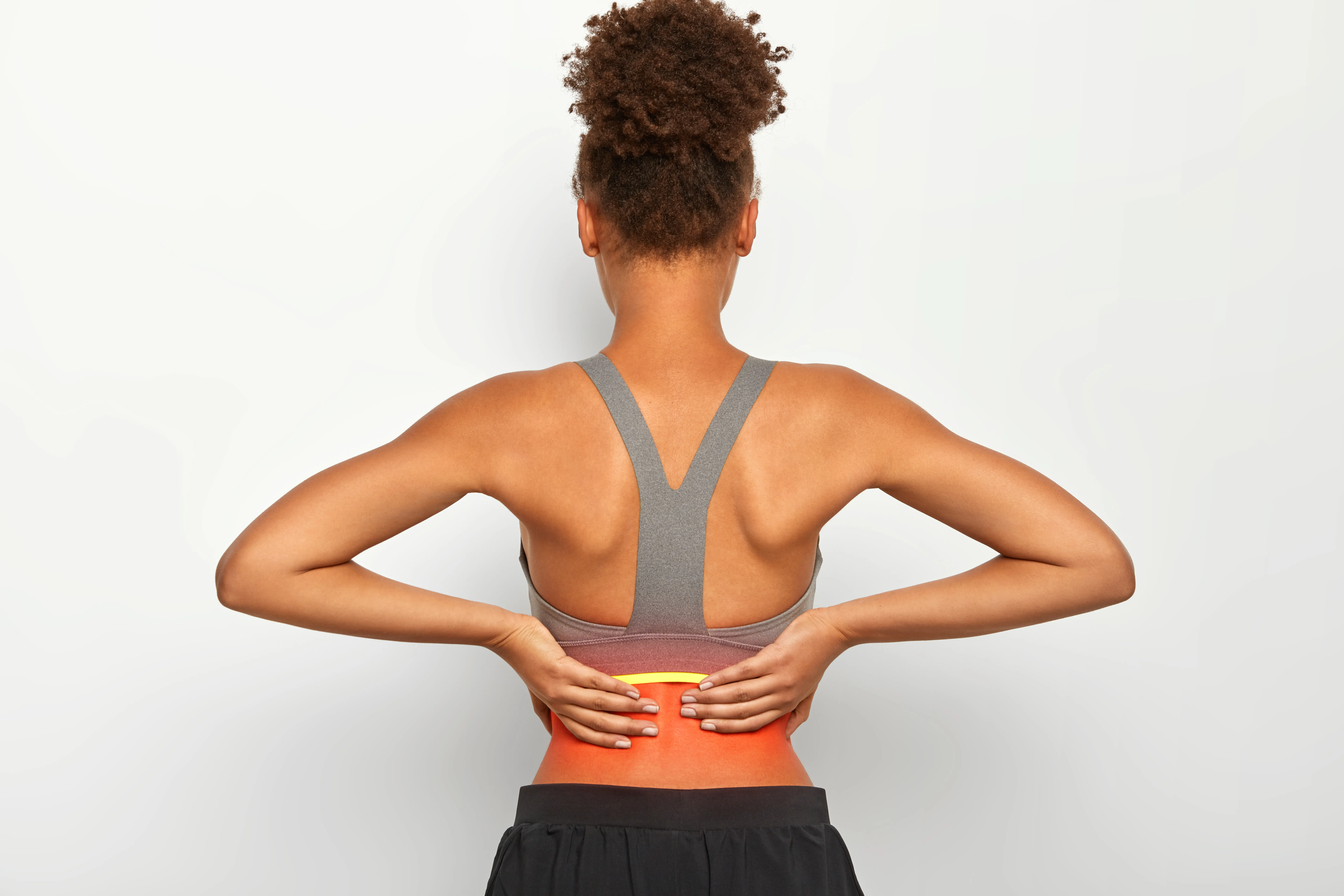Other Treatment Methods
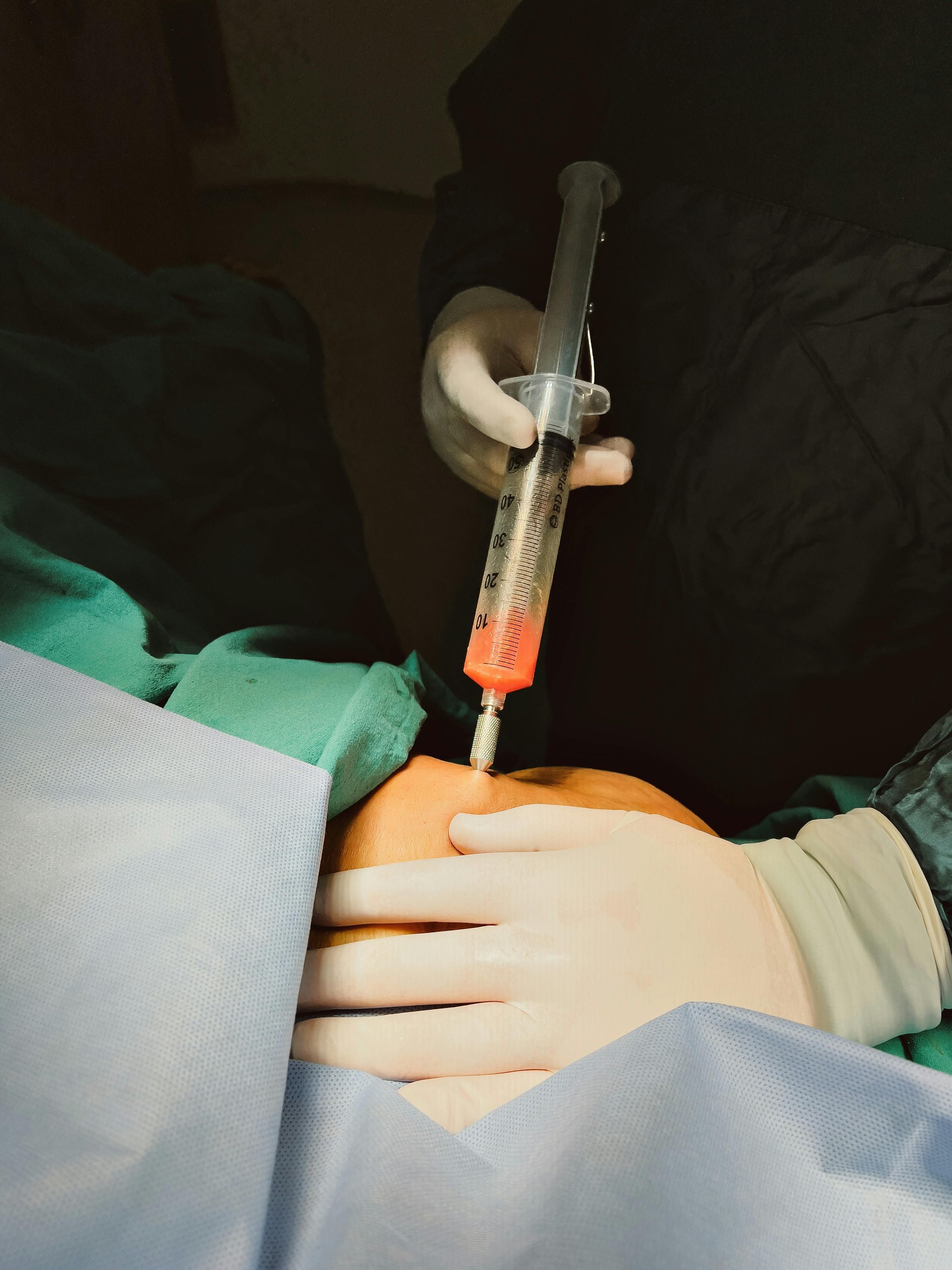
Liposuction
Persistent fat deposits can occur anywhere on the body. On the face, on the upper arms, on the stomach, hips, thighs, or buttocks, they are sometimes perceived as disturbing. Liposuction can enhance the body's contour. However, it is not an alternative to exercise or weight loss. The procedure promises the greatest success with fat deposits that occur only in isolated areas.
Liposuction neither replaces training nor diet. Please discuss your expectations and possibilities with the surgeon in advance.
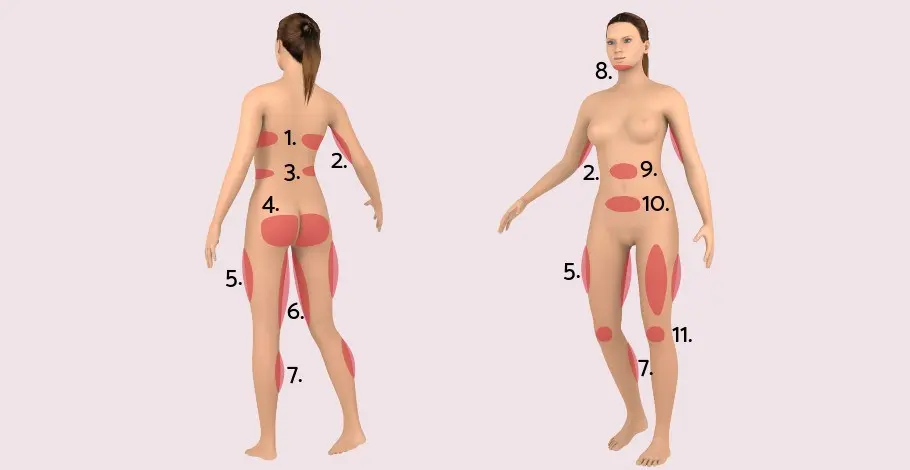
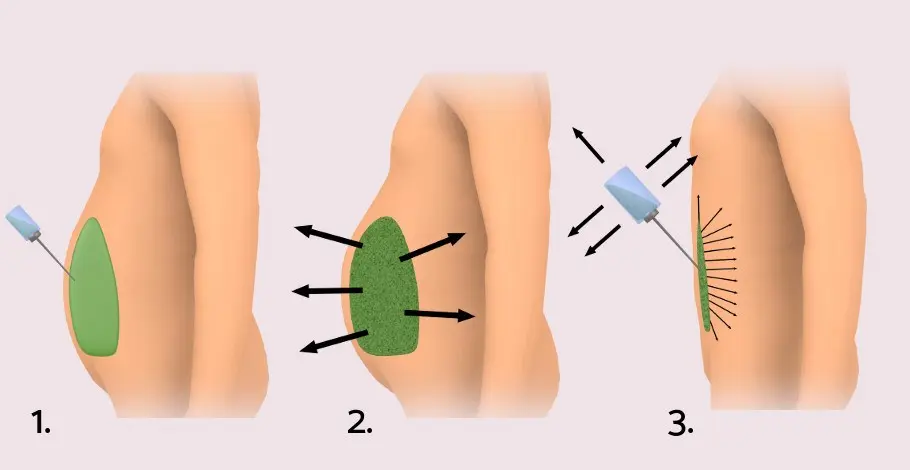
How does liposuction work?
There are different techniques of liposuction. The procedure is basically as follows: Through small skin incisions, the doctor inserts a cannula into the subcutaneous fat. By pushing it forward and backward, the fat cells are loosened and suctioned out under vacuum. The skin incisions are sutured and a tight bandage is applied. Fluid flushed into the tissue can facilitate suction. Some suction cannulas also emit ultrasound waves or vibrate to help loosen the fat cells.
Depending on the planned procedure and personal wishes, liposuction can be done on an outpatient or inpatient basis. If more fat is to be suctioned out, general anesthesia is recommended. Less extensive procedures can also be performed under local anesthesia. The duration of the operation depends on the area being operated on. Liposuction on the hips and thighs takes one to one and a half hours.
Risks of liposuction
In the operating area, there may sometimes be larger swellings and bruises. Postoperative bleeding, infections, wound healing disorders, and fluid accumulation are also possible. When suctioning, fine skin nerves are injured, transmitting sensations on the skin. Rarely do these areas of skin remain numb.
Other Treatment Methods in this Department
Experts for this Treatment Method
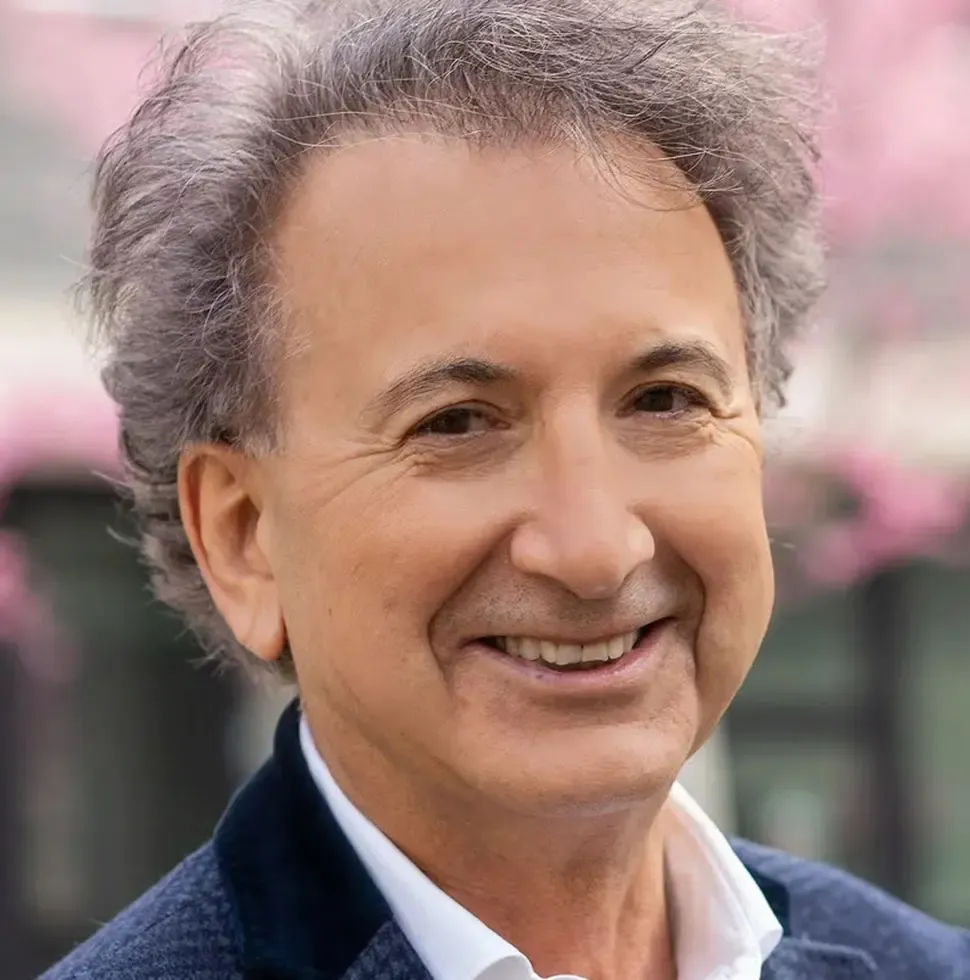
- Aesthetic Surgery & Dermatology
Dr. med. Savas Uckunkaya
Praxisklinik im Haubrichforum
- Aesthetic Surgery & Dermatology
Dr. med. Neda Nabavi
Ästhetisch Plastische Chirurgie
- Aesthetic Surgery & Dermatology
Dr. med. Caroline Kim
Praxis für Ästhetische und Plastische Chirurgie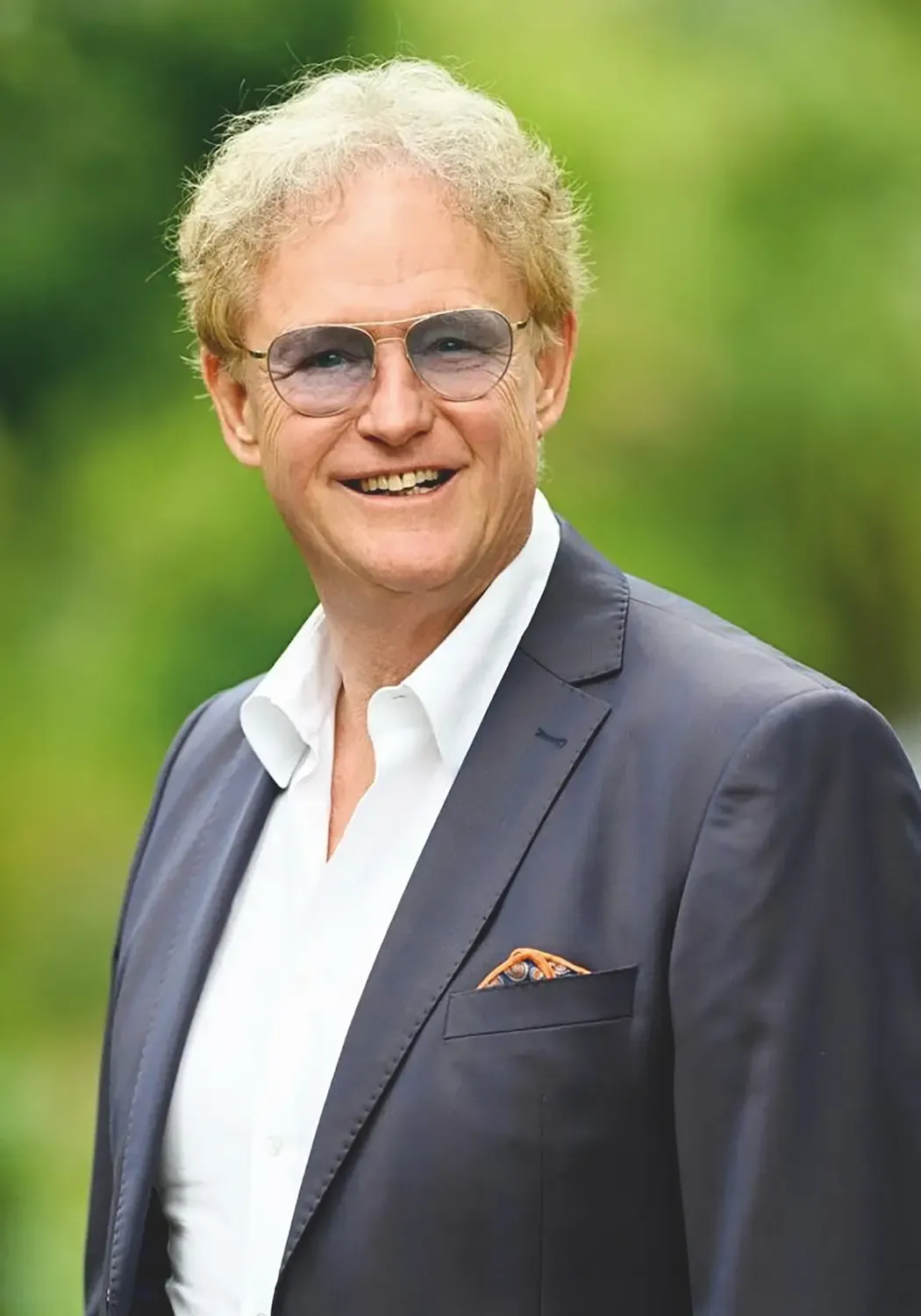
- Aesthetic Surgery & Dermatology
Dr. Dr. med. Wolfgang Funk
Klinik Dr. Funk, Klinik für Ästhetische-, Plastische- und Transgender-Chirurgie
- Aesthetic Surgery & Dermatology
Dr. med. Juliane Bodo
PlastethicsAll Experts in this Department
Show All
- Aesthetic Surgery & Dermatology
Dr. med. Anna Brandenburg
Dermatologische Privatpraxis Dr. Anna Brandenburg
- Aesthetic Surgery & Dermatology
Prof. Dr. med. Johannes a. Veit
Nasenchirurgie München
- Aesthetic Surgery & Dermatology
Dr. med. Hanna M. D. Halter
Derma Marienplatz
- Aesthetic Surgery & Dermatology
Dr. med. Anette Zimpfer-Keese
Dres. Zimpfer/Zimpfer-Keese MVZ
- Aesthetic Surgery & Dermatology
Dr. med. Daniel Thome
aesthetic and soul
- Aesthetic Surgery & Dermatology


